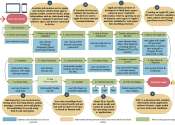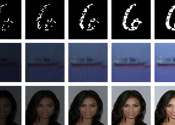A neural network to extract knowledgeable snippets and documents
Every day, millions of articles are published on social media and other platforms, receiving a vast amounts of clicks and shares from users navigating the web. Many of these articles contain useful information that, if extracted, ...









